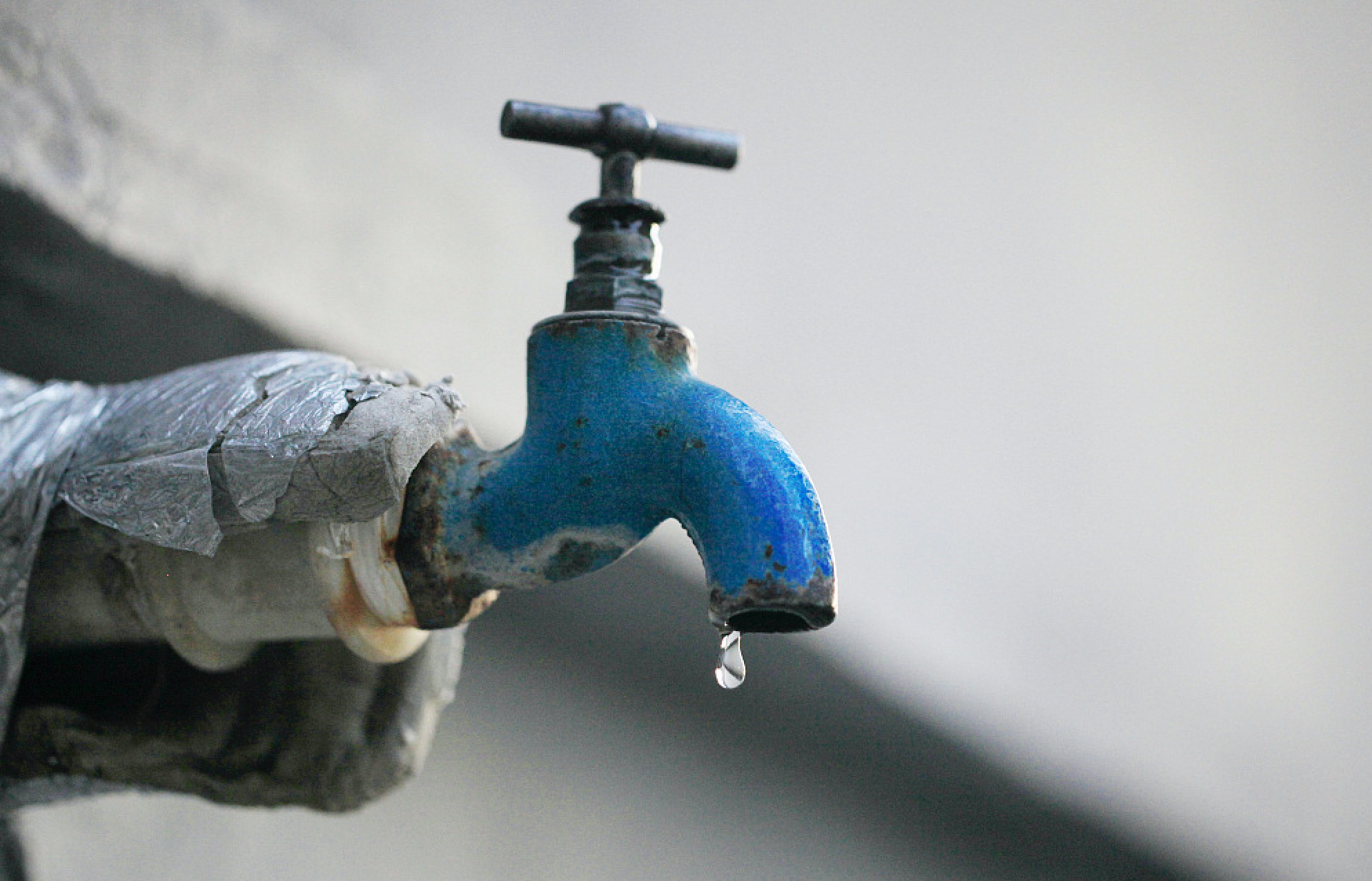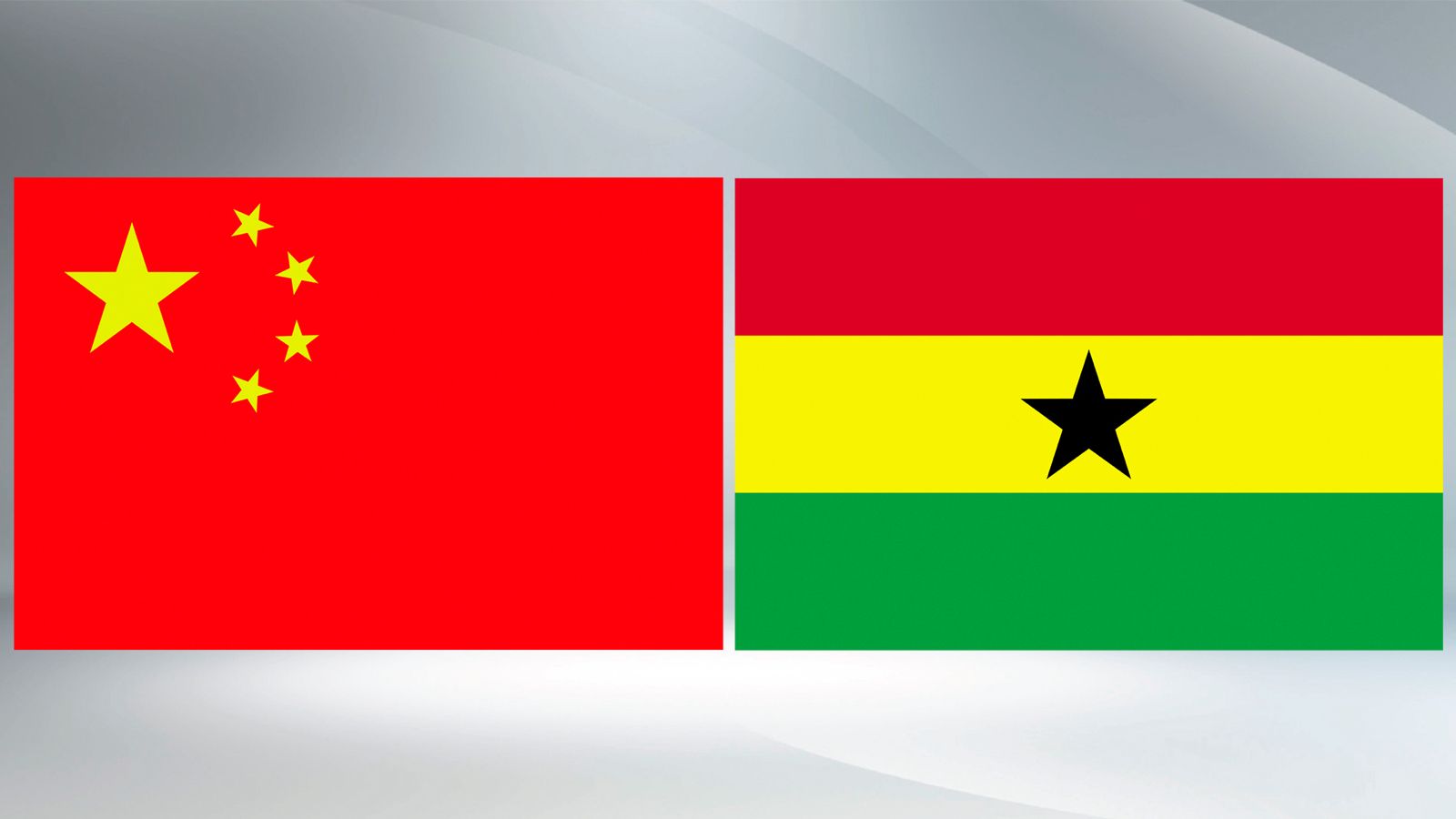
UNICEF: 1 in 3 children globally exposed to severe water scarcity
1 in 3 children – or 739 million worldwide – live in areas exposed to high or very high water scarcity, a new UNICEF report revealed on Monday, with the agency warning that climate change could make the situation worse.
The Climate Changed Child – released ahead of the COP28 climate change summit, highlights the threats that children face as a result of water vulnerability and provides an analysis of the impacts of three tiers of water security globally – water scarcity, water vulnerability, and water stress.
The report noted that the most affected children live in low- and middle-income countries in sub-Saharan Africa, Central and Southern Asia, and Eastern and South-Eastern Asia.
The report further outlines the myriad of other ways in which children bear the brunt of the impacts of the climate crisis – including disease, air pollution, and extreme weather events such as floods and droughts.
“The consequences of climate change are devastating for children,” said UNICEF Executive Director Catherine Russell.
“Their bodies and minds are uniquely vulnerable to polluted air, poor nutrition, and extreme heat. Not only is their world changing, but so too is their well-being as climate change affects their mental and physical health. Children are demanding change, but their needs are far too often relegated to the sidelines.”
COP 28 is scheduled to take place from November 30 until December 12 and is expected to build on prior conferences to concretely advance global efforts outlined in the Paris Agreement.
(With input from UNICEF)





